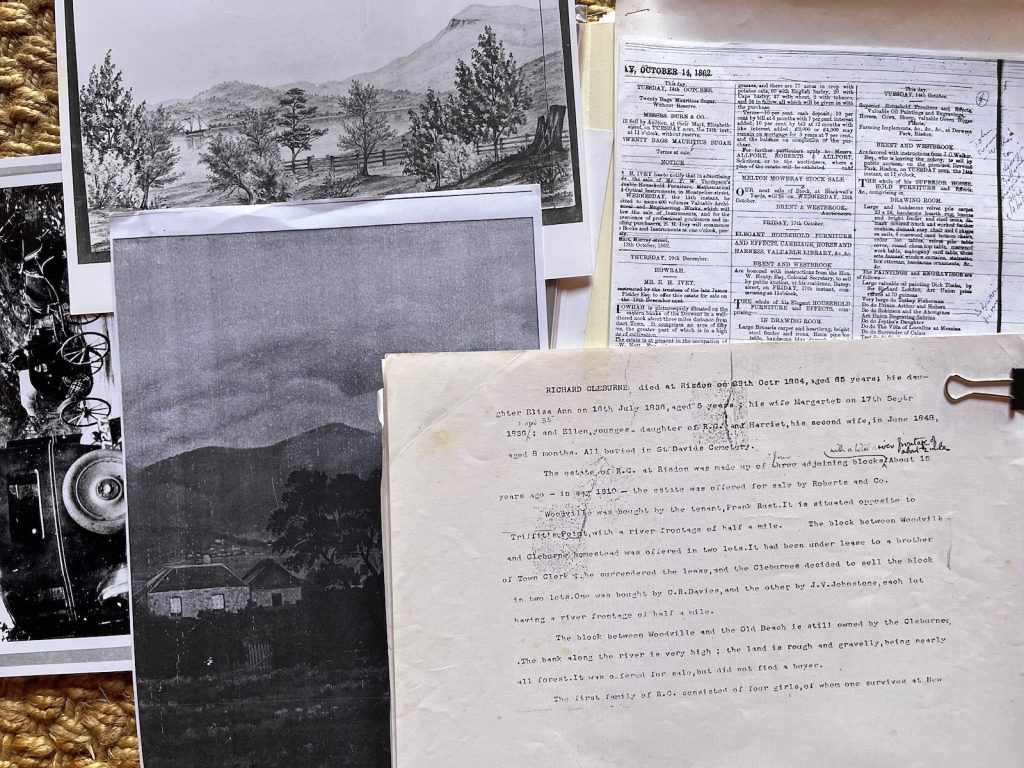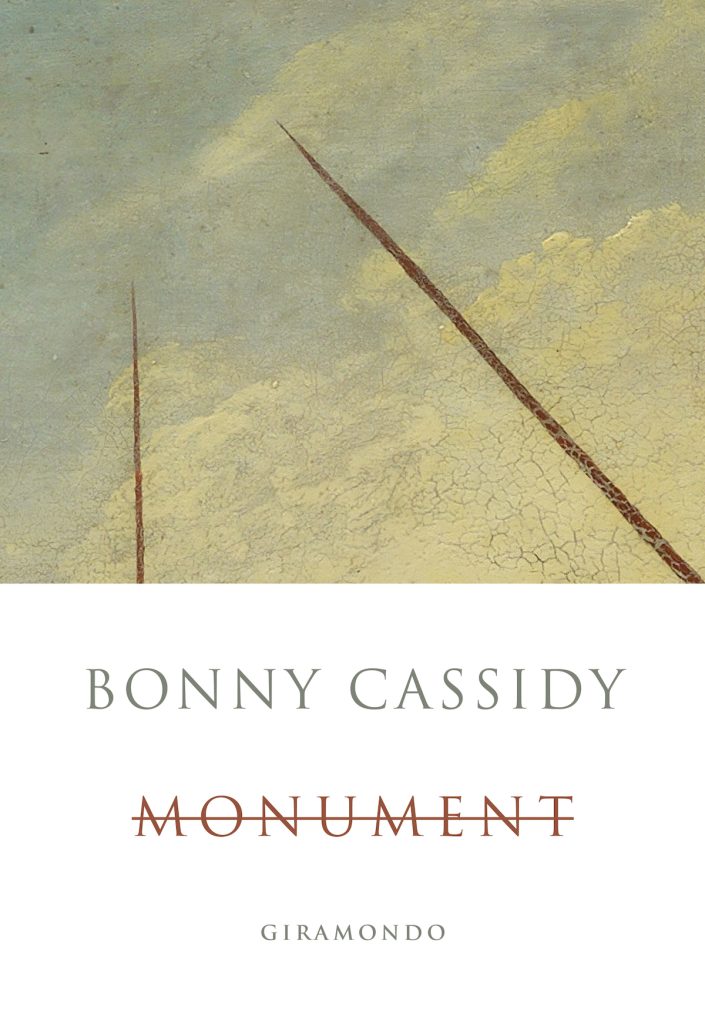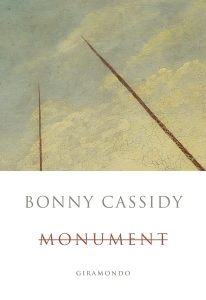Author note: Bonny Cassidy on Monument

The award-winning poet and writer Bonny Cassidy reflects on Monument (1 February 2024), her first work of non-fiction. Moving seamlessly through genres in its recovery of the past – part poetry, part prose, microhistory, memoir, travel writing, and sometimes counterfactual speculation – Monument traces the complex consequences of colonial settlement across the generations of a White Australian family of mixed origins and ancestries. You can also read an interview with Cassidy in issue 38 of Rabbit.
The research for this book began as a private path; enclosed. While there were signs in stories and documents about some of my relations’ lives, most of the first, second and even third generations in Australia were unlettered and untold. As I quickly found out, this ignorance is common amongst White settlers.
For a couple of years, I travelled around and riffled archives to learn those lives from scratch, or to test the well-trodden parts. I sought out people who I felt could help me gain an understanding of what and who were encountered by my family’s first generations on an already occupied continent. A way to bear witness, my searching grew into a fantasy of reconciliation. I would, I imagined, make deep connections with communities with whom my family has no living link. I would re-start the past.
Eventually, I realised that of course this fantasy could not be fulfilled. Writing a book could not stand in for such relationships. It could not be an express ticket to trust from communities that have often found their trust betrayed. And writing a book alone, no matter how many sources I consulted, would not constitute justice. Moreover, the fantasy was a distraction from what had become abundantly clear: I had to get my own story straight.
What I find in Monument is a shadow text. A way towards something else. I still might have let this remain a personal store of reference and research, but it had already gotten away from me by connecting with other writings, histories and events that were taking shape out in the world. I have thought a lot about what non-Indigenous people might contribute to the growing wealth of First Nations truth-telling. This book stands adjacent. I think of it as storytelling and sometimes, when it’s corroborated by sources that vary from colonial authorship, as history. While much of my work was meant to seek overlaps, the gaps in it show me what can be forgotten, what recovered, and what paths lie beyond the emblematic nature of a book.



